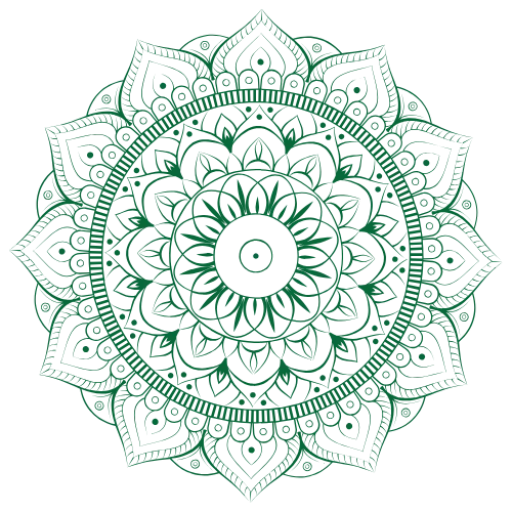
Prana
Let’s talk a bit more about prana. The Sanskrit word prana is a combinatation of two syllables, pra and na and denotes constancy, a force in constant motion. The chhandogya Upanishad (1.11:5) says: “ In prana all moveable and immoveable beings merge during dissolution and rise out of prana (during creation)”.
Prana is the Sanskrit word or vital principle for ‘ life force’. In Hindu philosophy including yoga, Indian medicine and martial arts, the term refers collectively to all cosmic energy.
Bhagavad Gita describes prana in Kriya Yoga as following: ‘ prana is the cosmic vibratory energy that is omnipresent in the universe, structuring and sustaining all things’.
Swami Niranjanda writes in his book prana and pranayama: ‘Prana is the base of manifested creation. It is the force that emerged out of the original willing of the primal consciousness to bring about creation. Prana is the vital force that sustains not only the body, but also creation at every level. Every yogic science – mantra. yajna, austerities, different forms of concentration and meditation – is aimed at awakening and enhancing this vital force within the unit of the individual or the wider universe.’
See? Prana permeates each individual, as well as the universe at all levels. It acts as physical energy, mental energy where the mind gathers information: and as intellectual energy where information is gathered and filtered. Prana also acts as sexual energy, spiritual energy and cosmic energy. Actually all that vibrates in this universe is prana: heat, light, gravity, magnetism, vigor, power, vitality, electricity, life and spirit are all forms of prana. It is the cosmic personality, potent in all beings and non-beings. It is the prime mover of all activity, it is the wealth of life.
Prana (life force) and Citta (consciousness)
Prana and citta are constantly in contact with each other. They are like twins. Prana becomes focussed where citta is and citta where prana is. All types of vibrations and fluctuations come to standstill when prana and citta are steady and silent; pranayama stabilizes energy and consciousness.
Exercise
Breathing exercise with kumbhaka
Don’t perform this breathing exercise by force . Use soft breath in this exercise 🙂
BREATHE IN 3 PARTS OUT
( sitting or lying on stomach, or back, or child posture)
Inhale from your lower back to your flanks, to your shoulder blades to the top to your collarbones. Then exhale into three parts
Part 1: Breath out to the sternum; hold the breath briefly 1,2 seconds (STOP)
Part 2: Breath out to you navel; hold the breath briefly 1,2 seconds (STOP)
Part 3: Breath fully out to deep below the navel; pelvis
5 to 10 rounds
Acknowledgement:
Prana and pranayama, Swami Niranjananda Saraswati, Yoga Publications Trust, Munger, Bihar, India
Four chapters on freedom, Swami Satyananada saraswati, Yoga publications Trust, Munger, Bihar India
Hatha Yoga Pradipika, Swami Muktbodhananda, Yoga publications Trust Munger, Bihar, India
www.wikipedia.nl
Picture: www.prweb.com
Address: Parimukti Yoga Center, Kanira Homes,
Girkarwaddo, End of Magic Park Road,
Arambol, 403524,
Goa, India
Phone: +919637521278
Email: info@parimukti.com
Website: https://parimukti.com/
Yin Yoga Training Goa | 200 Hour Yoga Teacher Training Goa | Meditation Teacher Training Goa
